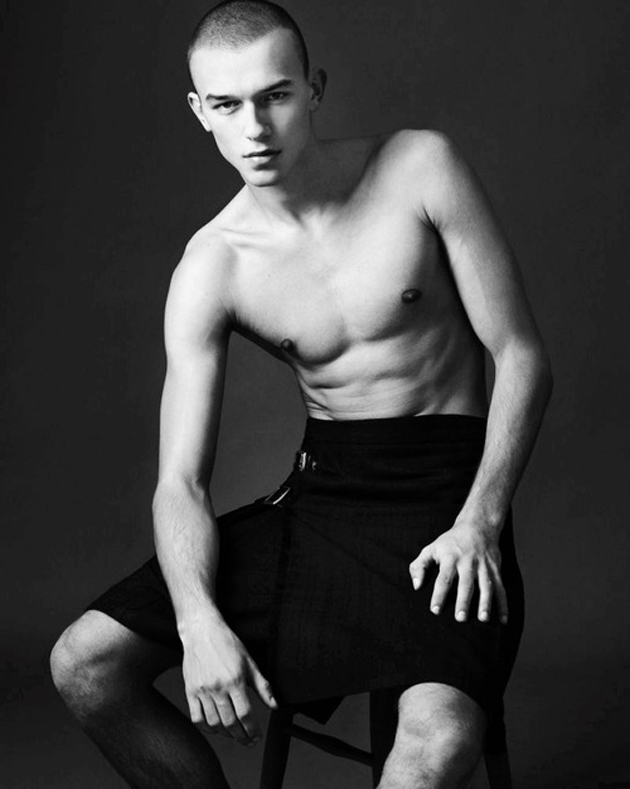Men in Skirts
What would you say if we told you that Alexander the Great conquered half of the planet wearing a skirt? You would probably laugh, but it’s true. Back in the days, really back, wearing a skirt was routine, it didn’t matter if you were an emperor or a slave, a woman or a man, no difference at all. That was true until 1760. Later on, someone created trousers for riding horses easier, and they quickly became the standard apparel for working men, identified as the symbol of masculinity in the Western culture.
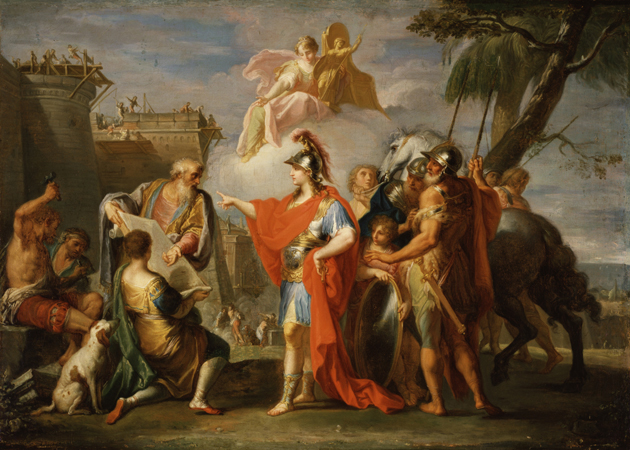
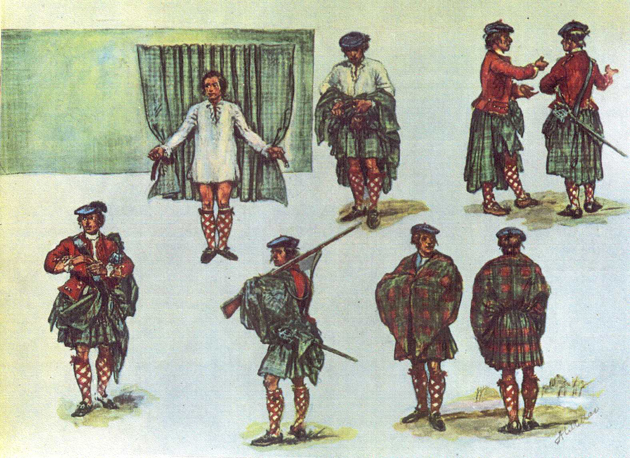
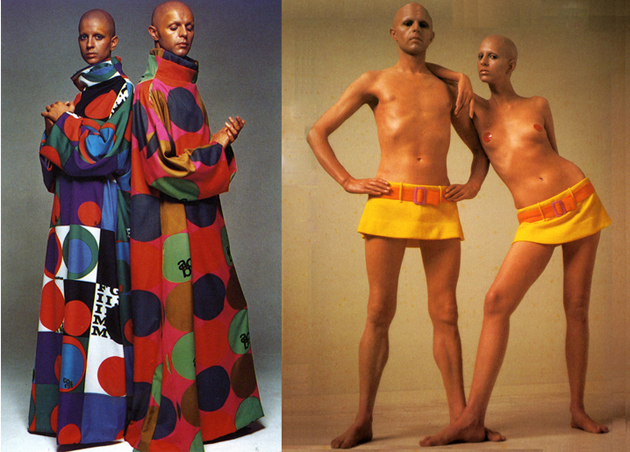
Except for the kilt, which was invented in 1720 by an Englishman, industrialist Thomas Rawlinson, and emerged as one of the main symbols of Scotland and Ireland, which was probably the latest official tradition of skirts in the male wardrobe. But there have been and always will be some rare exceptions. During the 60s appeared a kind of a unisex fashion movement, well represented by a designer indicated as the responsible for unisex clothing concept: Rui Gernreich. He conceived interchangeable clothes for men and women such as floor-length kaftans. His goal was to break down boundaries between genders.
After him there was London in the 80s. A group of cool, young people, tired of conservative and glossy fashion, created a movement called Buffalo, where random guys on the street turned into models wearing a mix of couture and second hand clothing. The leader of this revolutionary wave was the pioneer of stylists: Ray Petri. Not only was he mixing high fashion and recycled clothing, the look he created for men was tough and androgynous, feminine and very virile in his primordial way. Meanwhile the concept of gender-benders started rising thanks to Boy George and New Romantics who used to dress up with medieval and feminine clothes.
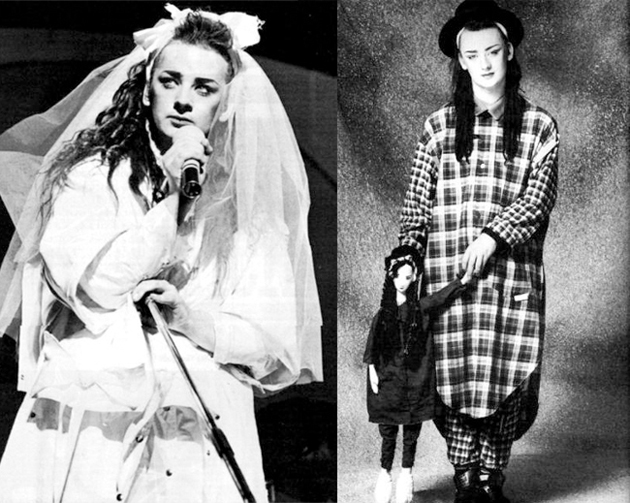
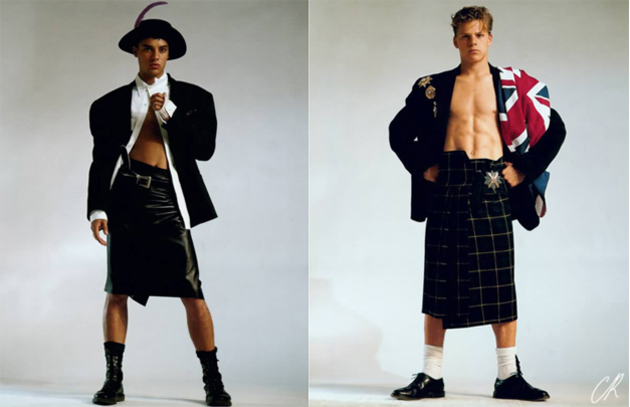
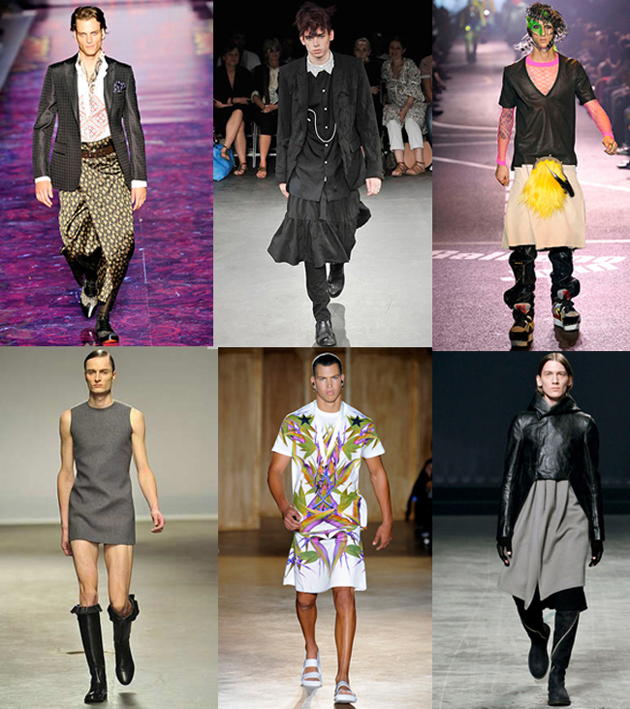
Some years later, in September 1984, Jean Paul Gaultier credited Buffalo creating a whole collection of men in skirts, “Et Dieu Créa L’Homme”. Another, Walter Van Beirendonck, during his Autumn/Winter 1999-2000 collection called “No References”, gave tribute to men in skirts. As Gernreich in the 60s, Beirendonck is considered a highly visionary designer using skirts to challenge the traditional idea of masculinity. He strongly believes that skirts on men are more than simple garments, they are statements.
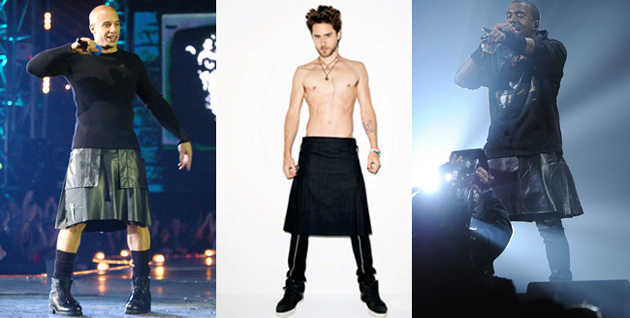
In 2003 The Metropolitan Museum of Art in New York honored the masculine skirt dedicating a whole exhibition to it. Outside the MET building there was a march of hundreds of men: “We have the right of wearing skirts as women wears trousers”, they declared. Recent years see skirts as protagonists again, on for example actors Jared Leto and Vin Diesel, designer Marc Jacobs and rapper Kanye West. Fashion gave them the chance to re-discover the item, thanks to Comme des Garçons, John Galliano, Etro, Rick Owens, Givenchy, J.W. Anderson and many others following the same path.
So, skirts have already been the item for the masculine men in the past, will they some day be that again?
